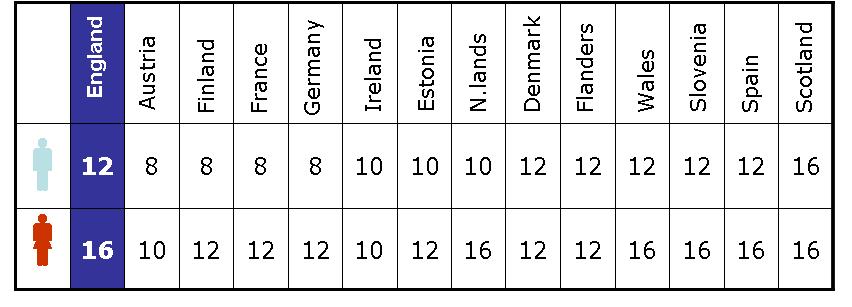A decisive study is needed to find out if blood can safely be given more often
As the population ages, there are likely to be fewer blood donors and a greater number of people needing medical procedures that require blood. One way to increase the blood supply is to ask blood donors to give blood more frequently.
However, some time is required between blood donations to allow the body to replace its iron stores. Because no one knows what the optimum interval between donations is, blood donation services in different countries have developed varying customs. In England, men are invited to donate every 12 weeks and women every 16 weeks. This is a relatively long interval compared to other European countries; the figure below shows the inter-donation intervals for men and women across 14 European countries. This study will determine the frequency with which people can donate safely.
